How to get your bike track ready: Some easy prep will make your trackday a total success
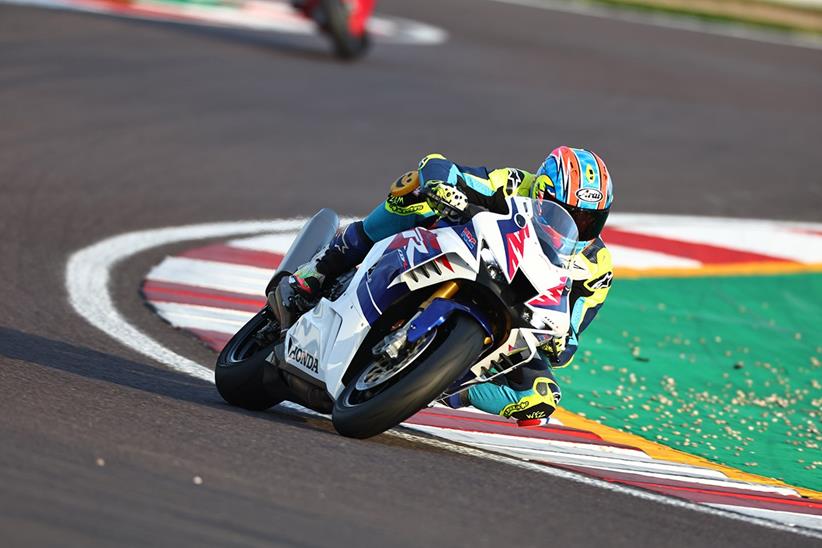
If you’ve booked a place on a trackday it can be easy to focus on preparing yourself as a rider and forget to get your bike ready. In the best case scenario, this may mean having to borrow a pressure gauge or a bit of tape from a fellow rider but in the worst case it could mean you don’t make it through scrutineering or a mechanical failure cuts your day short.
Turning up with your baffle out and failing a noise test or without a brake lever guard will mean no track time for you but if your sump plug falls out it could ruin everyone’s day and will probably mean a slide through the grass for you as well.
Here’s MCN’s guide to getting your bike ready for a day on track so you get the most from the experience.
Protect your levers
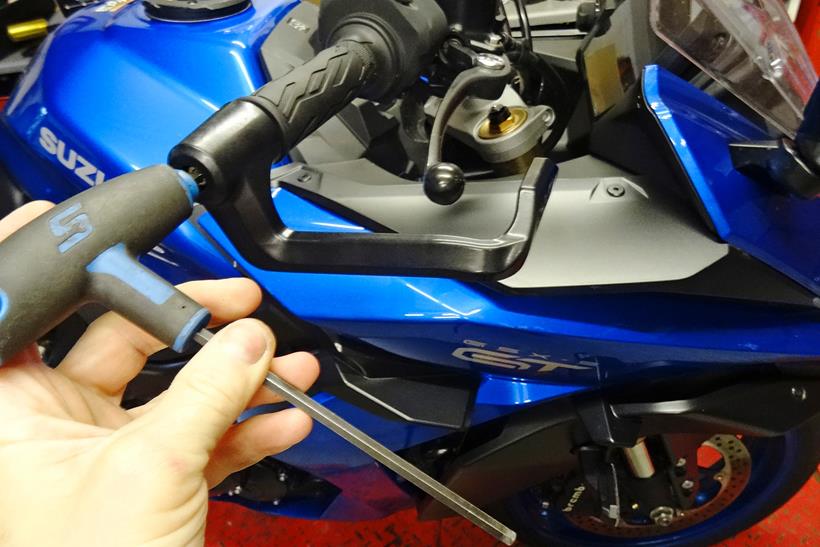
With the exception of 125cc machines, road bikes are welcome on trackdays and if they’ve been well prepared, will be more than capable of sustaining a day on circuit. The only modification that you’ll need is the addition of a brake lever guard, as this is now a mandatory part for all bikes on track, on the grounds of safety. Most are a quick job to fit with a single bolt.
Remove your reflection
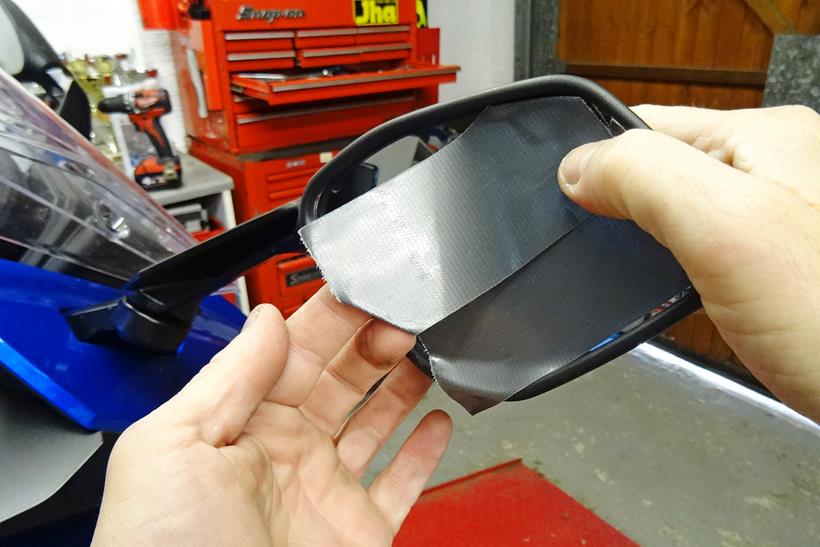
Although not a requirement, whipping off, folding in or taping over your bike’s mirrors prior to heading out on track makes a lot of sense, as it will remove the temptation to look at other riders behind you and reduce the risk of you becoming distracted. On track, your absolute attention needs to be focused on what is ahead of you!
No need to see the speed
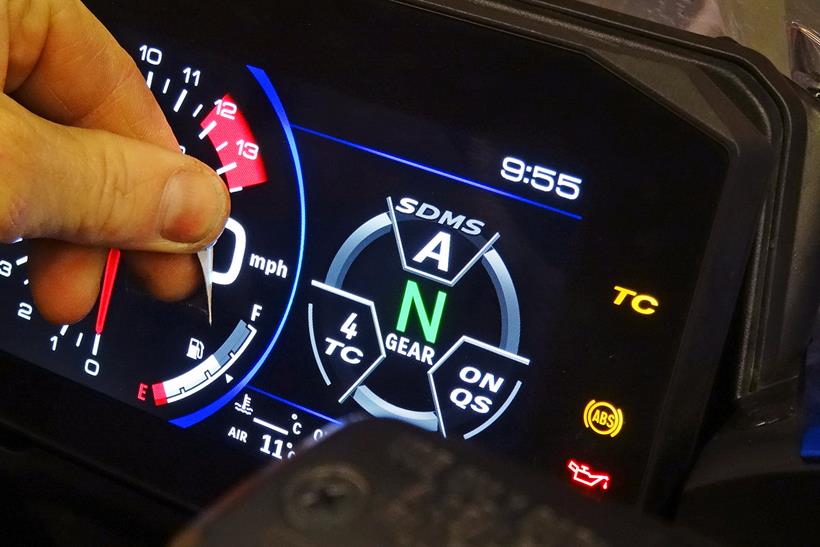
For similar reasons to the mirrors, it can be a good idea to tape up the speedo display to eliminate another source of distraction. The temptation to glance down on the straights – or even on the corners – might be just enough to break your focus and cause a crash. Covering the speedo with a piece of tape removes this distraction completely.
Rate your rubber
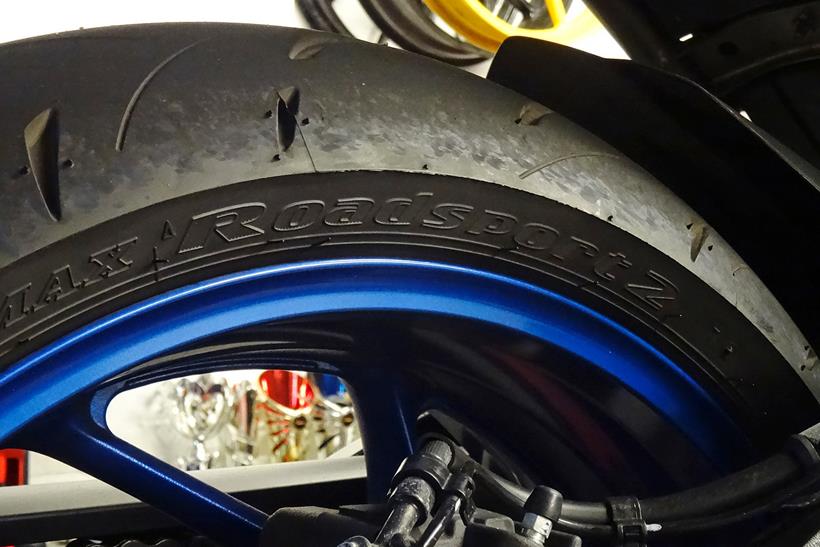
If your bike’s tyres are in good condition, there’s no need to replace them with more track-specific rubber, as the majority of modern touring and sports-touring tyres will work just fine on track. However, if you are looking for more performance, fitting a pair of sportier tyres, such as Conti’s SportAttack4 or Pirelli’s Diablo Rosso IV, will improve grip, feel and turn-in.
Research the right pressures
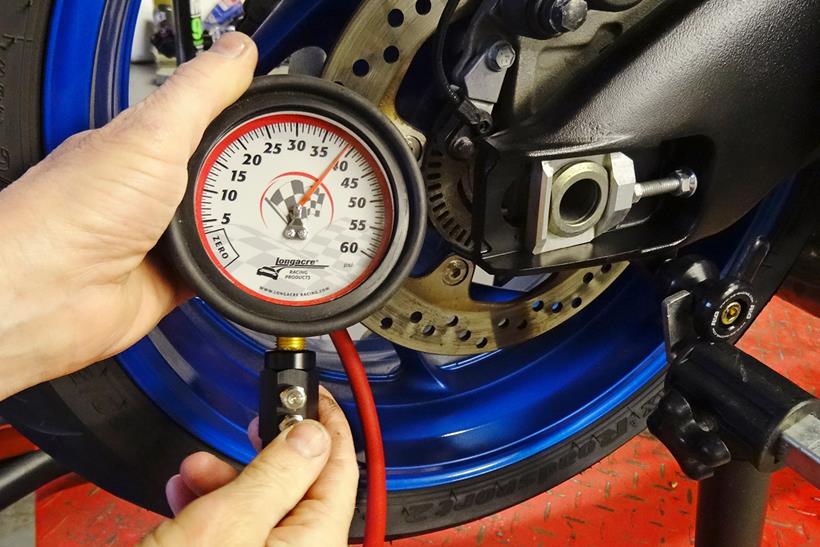
Most brands recommend 42psi rear and 36psi front for road riding. On track you’ll be accelerating and braking harder, generating more heat. Therefore you must reduce your pressures for track use. Seek the info direct from the tyre manufacturer/retailer.
Stiffen the suspension
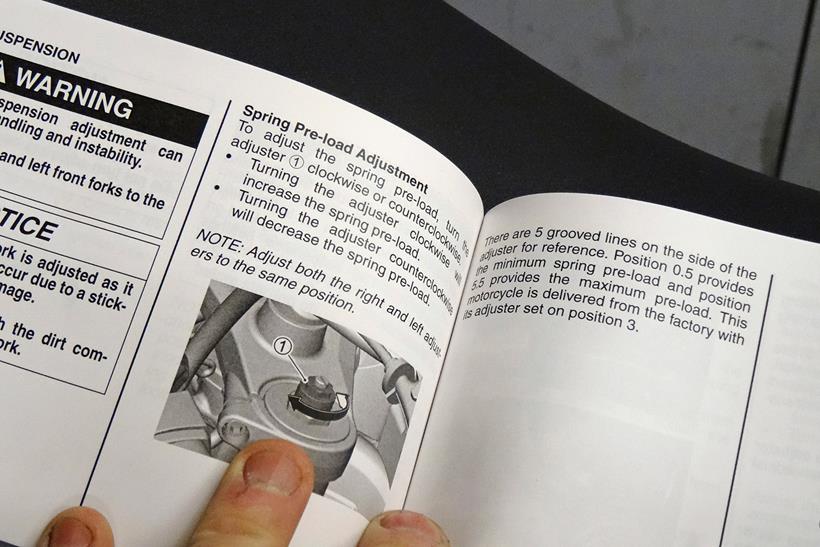
Most road bikes will feel better on track with increased damping rates and preload settings, so experiment by making small adjustments. Or you can treat yourself to an expert set-up when you arrive, as most trackdays will have a suspension specialist in attendance.
Check the plug

On track your bike’s engine will be revved much higher and for longer, causing extra heat and vibration which can cause parts like the sump plug to undo if they’re not properly tightened. You don’t have to lockwire them but torque them up in advance, as per the manual.
Check your levels

It’s easy to overlook simple checks, such as your engine oil, but these are critical. Make sure the level is within the range on the sight glass, and if it’s a dipstick, make sure you check according to the procedure in your manual. Check coolant and brake fluid levels, too.
Know your noise limits
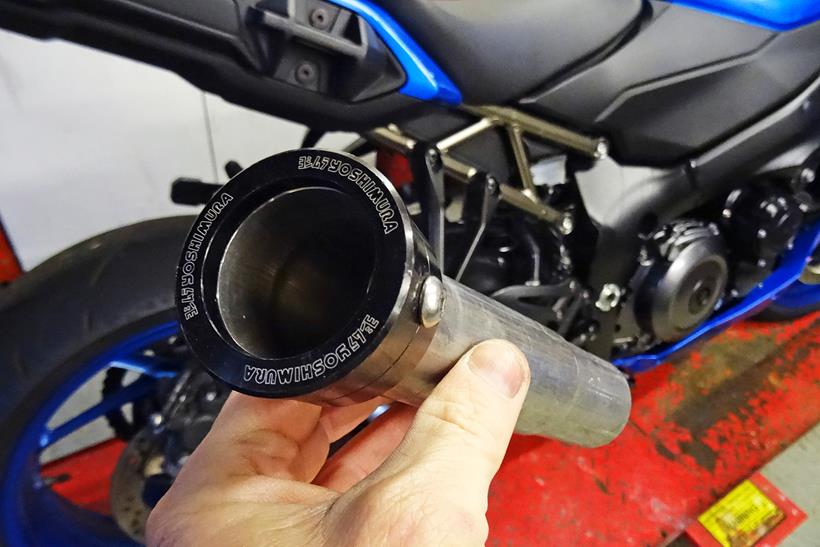
Just because your friendly dealer passed your noisy exhaust at the last MoT, don’t assume it will pass the circuit’s noise tests. The limit changes depending on the track and day – with ‘quiet’ days being 98dB, standard ones being 102dB and ‘noisy’ days at 105dB. Check before you book and if necessary, fit a baffle – because you will not be allowed to ride if your bike is too raucous.
Brake check yourself
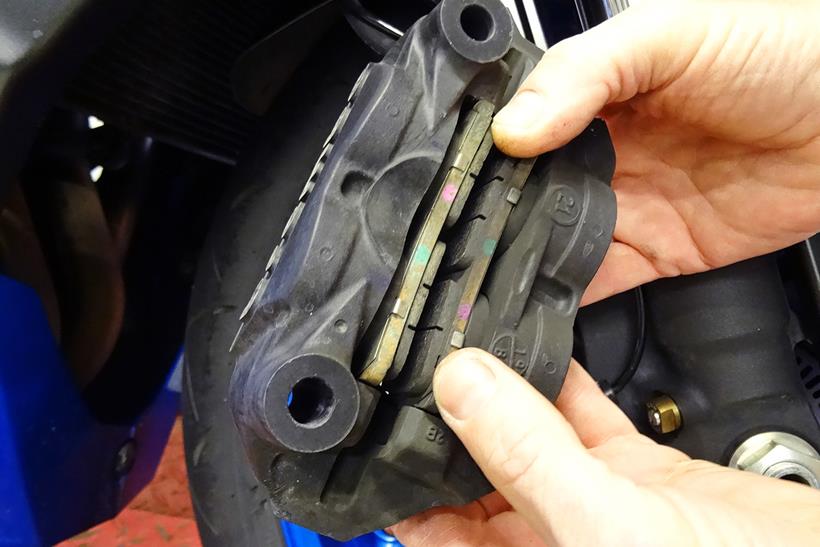
Having a brake failure on track is no more desirable than having one on the road, so slip off the callipers and inspect the brake pads to see how much friction material is left. Reference against the specification limits in the manual, but anything much less than 3mm means that you should replace them either before or straight after your trackday.
Bruce’s track tyre advice
Tyre choice is the one topic I get asked about most often, and yet my typical answer isn’t what most people want to hear! If you are an avid trackday goer and are confident, you will have built up an understanding and feel for track/race-dedicated tyres. But for a lot of people who may be new to track riding or have a modest pace, it is unlikely they will get the full potential from full-on race tyres, which is why I find myself often recommending the latest sports-touring tyres. This makes even more sense when you consider the weather here in the UK, especially in the early part of the season.
A rider who has a modest pace will almost certainly be in danger of a track tyre falling short of its working temperature, and thus the grip levels will diminish to a level that is much less than a good sports-touring tyre, causing the rider to feel less confident and slow down, causing the tyre to cool further…
So while it might not seem glamorous to rock up to a trackday on your heavily-treaded touring hoops, you might be having the last laugh when the sun goes in and the heavens inevitably open.











